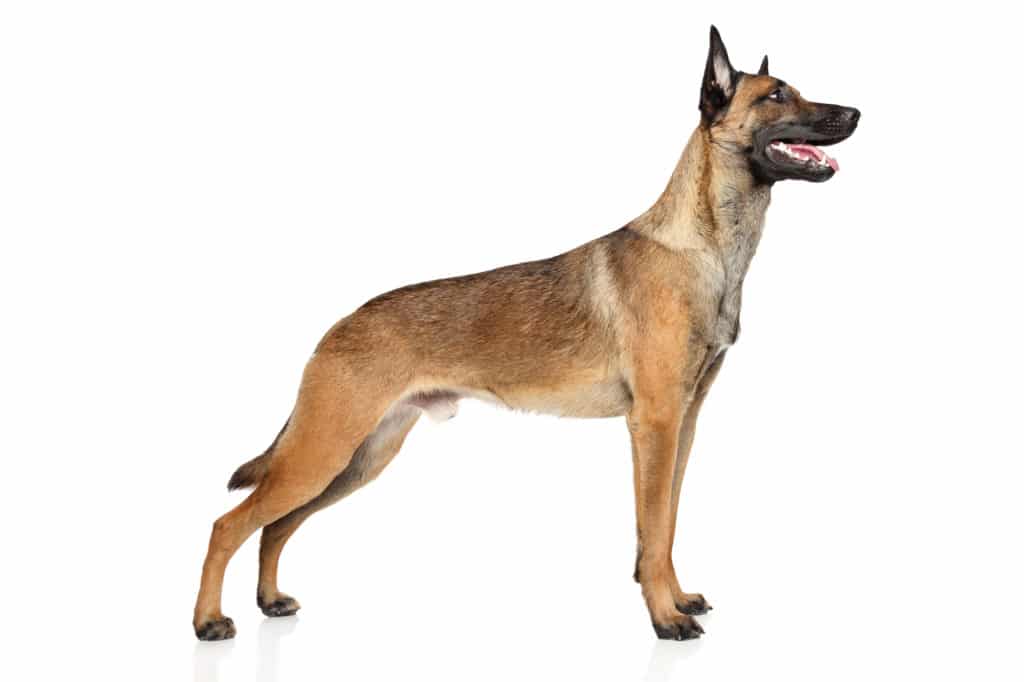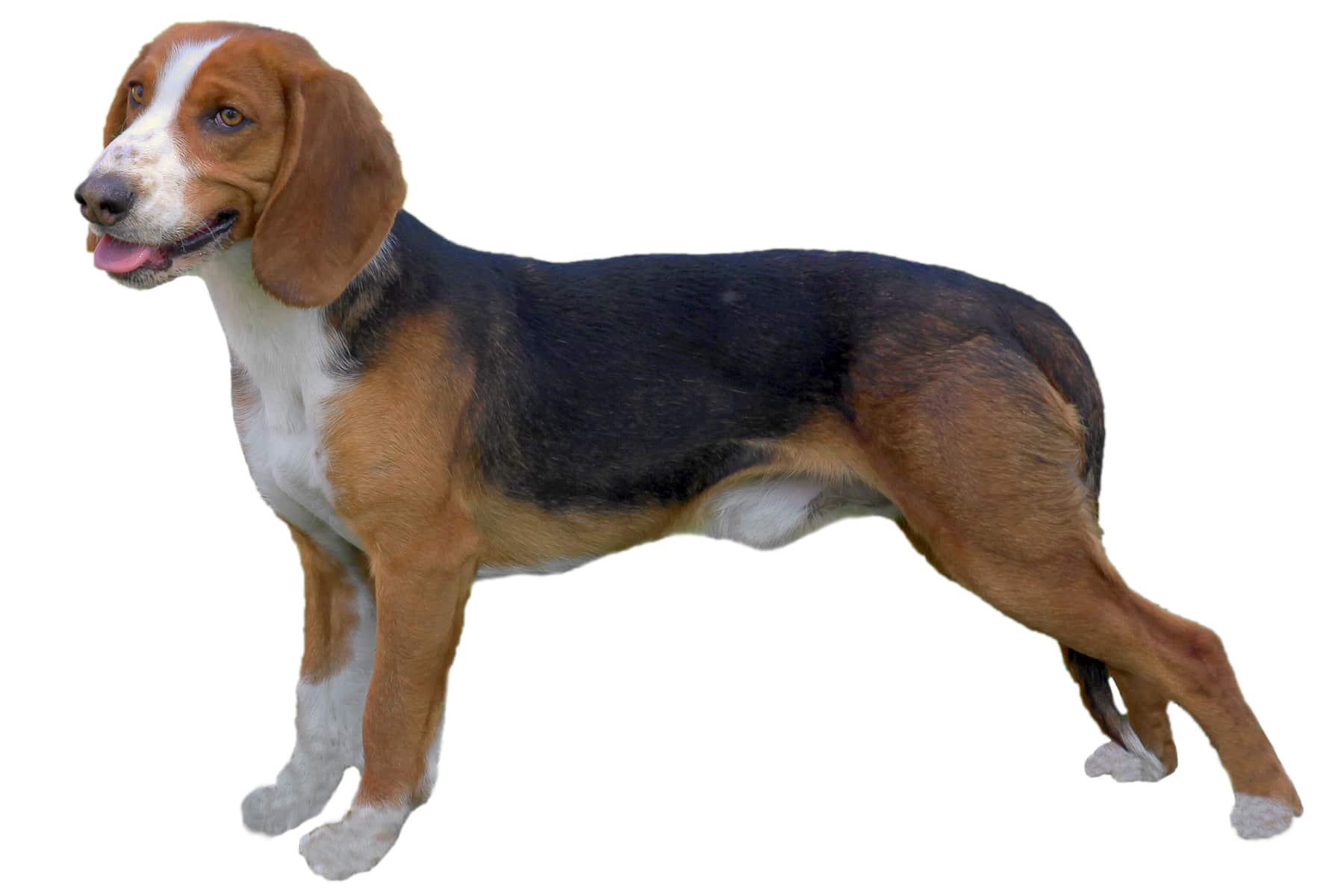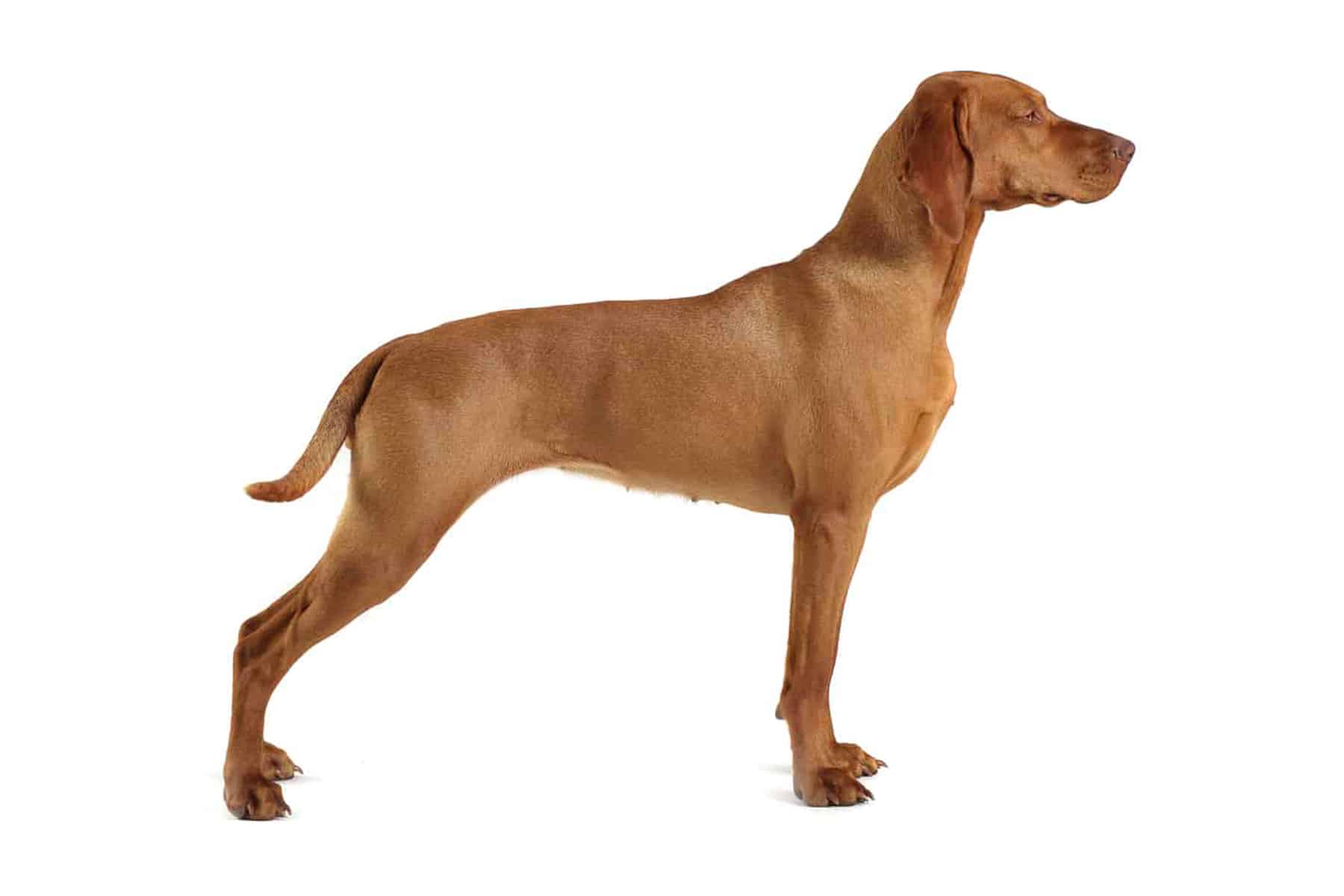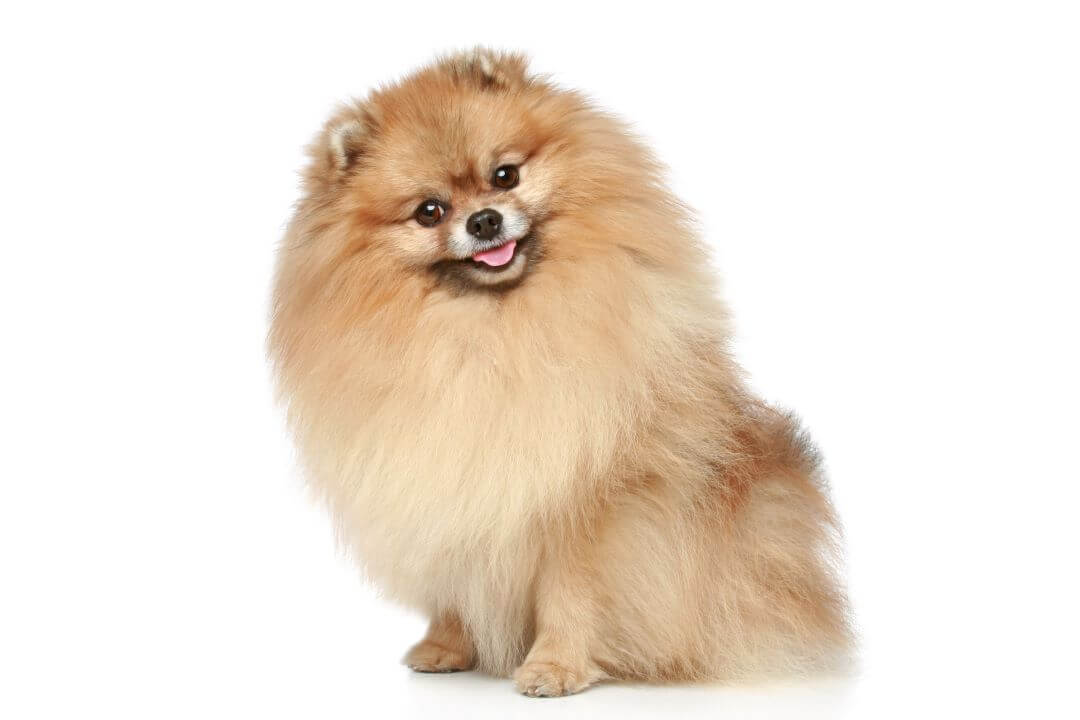Miniature Pinscher
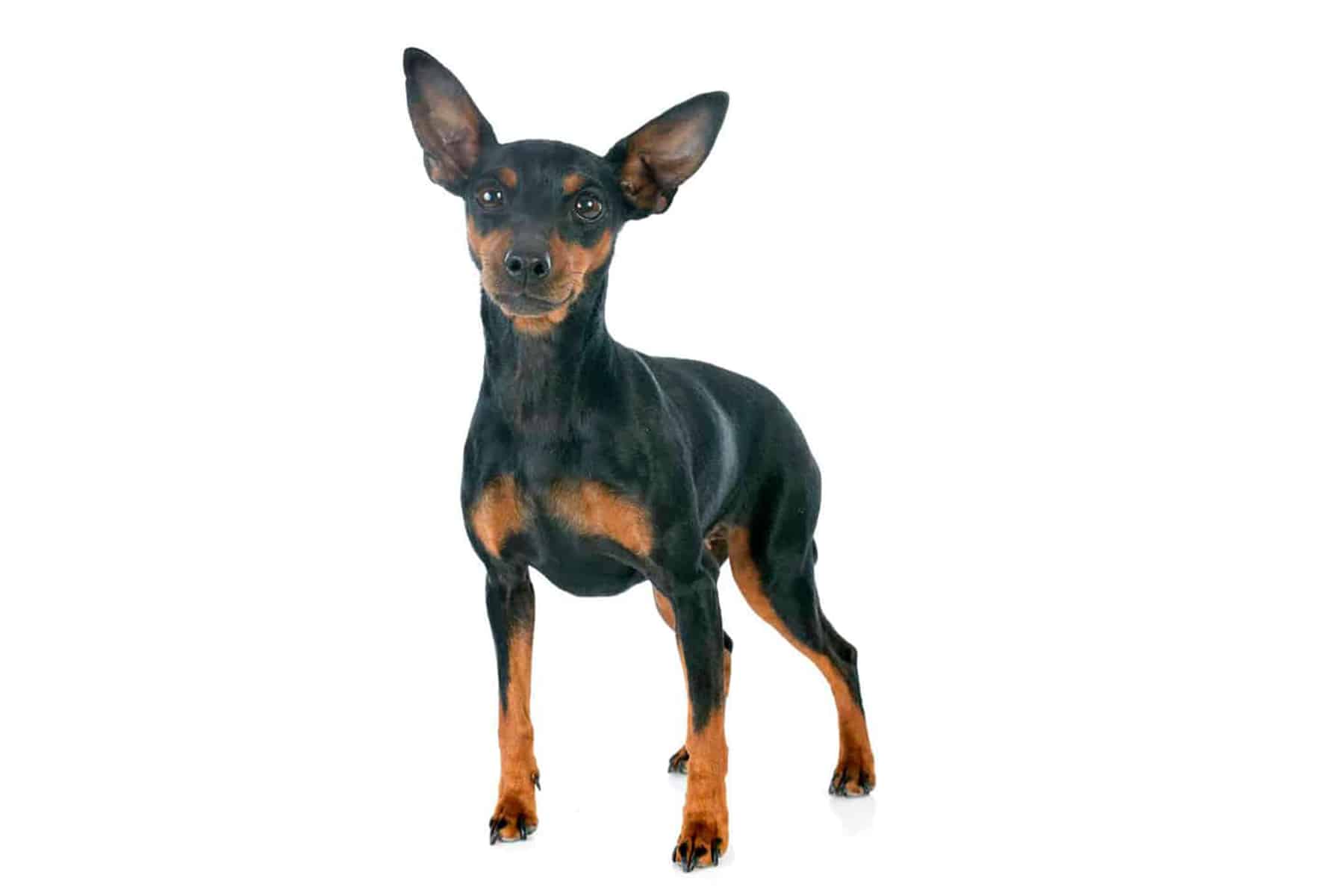
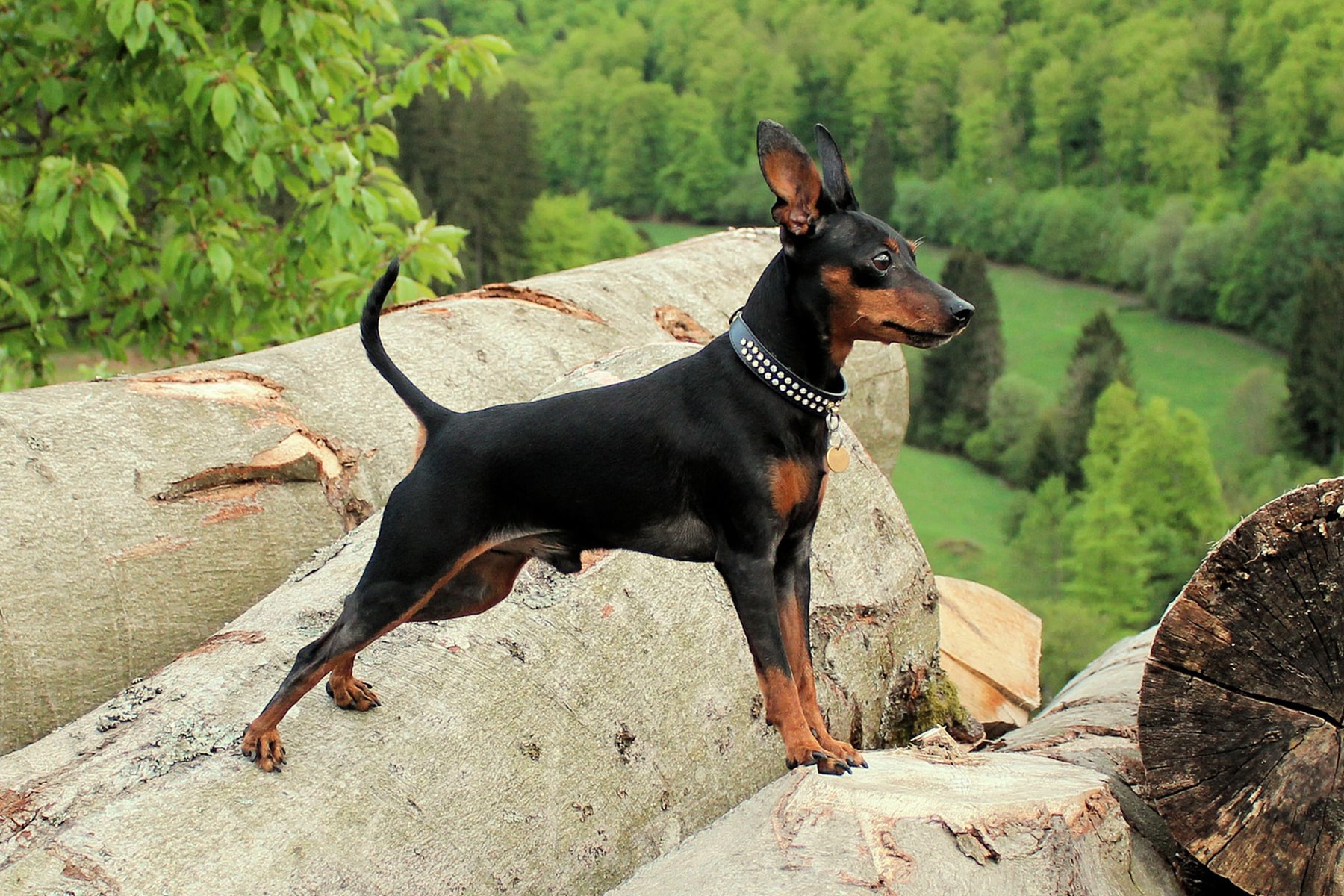
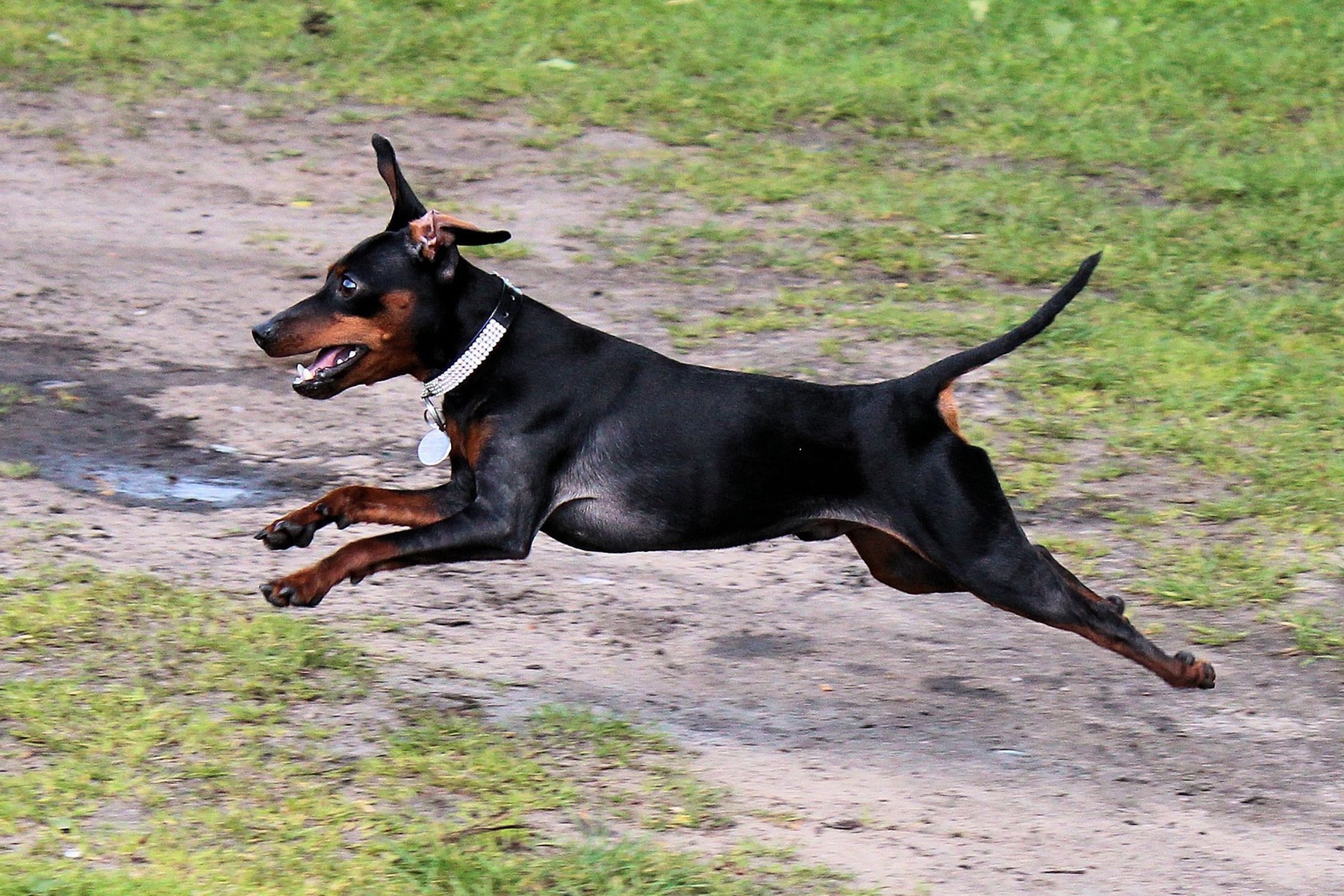
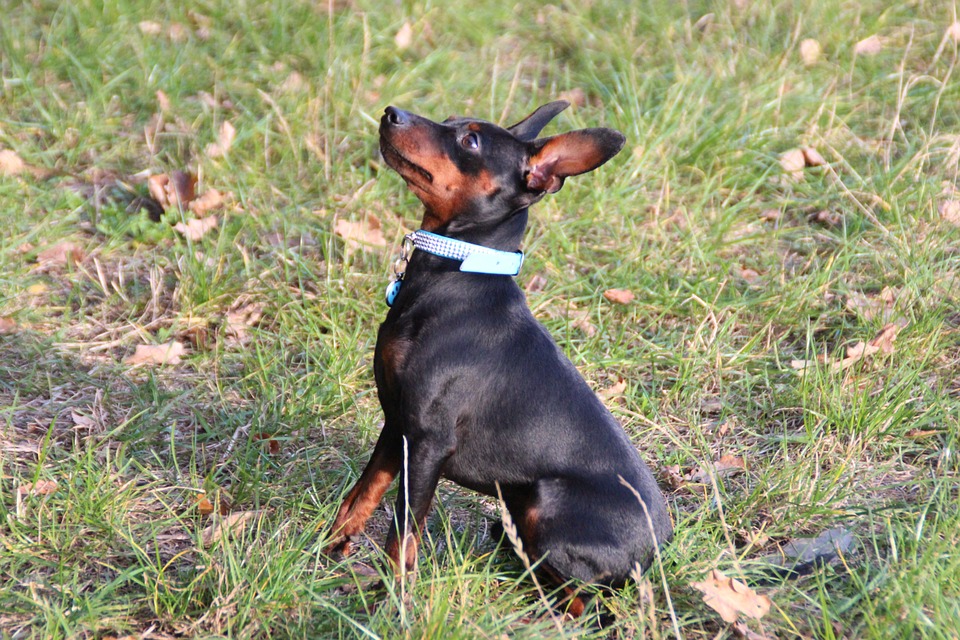
Temperament:
The self-confident Miniature Pinscher - also known as the Mini Pin for short - is suitable for all living conditions. The family and companion dog acts like a lap dog. Despite its tiny size, it pays close attention to everything that happens around it. With its tireless watchful instinct, the Miniature Pinscher does a great job. They are uncomplicated to keep. Nevertheless, it needs plenty of exercise and is more suitable for active owners who spend a lot of free time with it.
Characteristics
The Miniature Pinscher is registered as a German dog breed with the FCI under the standard number 185. It belongs to group 2, section 1.1.
With a height at the withers of only 25 to 30 cm, the Miniature Pinscher is one of the smaller dog breeds. Its weight is between 3 and 6 kg. They reach an age of around 14 to 15 years. Some of these pedigree dogs can even live up to 18 years.
Its square build is similar to that of the German Pinscher. The height and length are almost the same. The Miniature Pinscher is a small, elegant muscle pack.
Its dense, glossy coat shimmers black and red. The shades of color range from deer red to dark reddish brown to black. The coat has brown or red markings. This can be seen on the underside of the neck, on the front legs in the area of the metatarsus, on the paws, on the inside of the hind legs or on the tail.
The lively Miniature Pinscher has no undercoat. The coat is short and smooth. The main coat of the black Miniature Pinscher is jet black. The flat, wrinkle-free forehead with the V-shaped ears is reminiscent of a deer. The Deer Red Miniature Pinscher is therefore also known as the Deer Pinscher. The ears are either folded or erect. The tail is sickle- or sabre-shaped and not docked.
Although this breed looks very cute, it is not suitable as a lap dog. The Miniature Pinscher is active and athletic, he is insatiable and keeps his owner on his toes. This self-confident breed is a loyal and affectionate companion to its owner.
The Miniature Pinscher gets on well with small children and other dog breeds. It is only suitable for senior citizens if they can keep up with its urge to exercise.
The small size of the Miniature Pinscher has no health disadvantages. Its body is strong and robust. It can let off steam as a companion dog when jogging, cycling, hiking or riding.
The playful Miniature Pinscher does not like to be alone. He is very attached to his human. He concentrates all his affection on one person. Of course, he also accepts other family members and obeys them on walks. But no matter how much they spoil him, he doesn't feel complete without his favorite person. In this respect, the always good-humored Miniature Pinscher cannot be bribed.
He is happy to fulfill his inherited role as a guard dog. When it comes to his beloved caregiver, the Miniature Pinscher can't take a joke. He has a naturally low stimulus threshold. This must be reduced from puppyhood through consistent training. Otherwise there is a risk that it will develop into an aggressive permanent barker.
Coat care:
Shedding:
Energy level:
Trainability:
Children suitable:
The right food
When choosing food, make sure that it contains high-quality ingredients, is balanced and meets your dog's requirements. Age, size or weight, activity and health status play an important role. You should follow the manufacturer's recommendations for the amount of food.
Treats should only be fed in moderation and deducted from the basic diet to avoid obesity.
Puppies can be fed 4-6 times a day. The number of meals should be gradually reduced to 2 per day until the dog is fully grown. A rest period should be observed after meals.
Fresh drinking water should be available at all times.
Health & Care
The Miniature Pinscher has no undercoat. Therefore, it does not need to be trimmed. It is sufficient to brush the smooth, short coat. The dog's protective skin layer should always remain intact.
Many dog owners tend to bathe their dogs regularly. This damages the skin. Only bathe your Miniature Pinscher when it is very dirty. Then use a special dog shampoo. Otherwise, it is sufficient to rub the dog dry and brush the dry coat.
Eyes and ears should be cleaned regularly and checked for possible infections. A clean, damp cloth can be used for cleaning.
The Miniature Pinscher is sensitive to the cold, especially around the ears. It can even come home with frostbite in extreme temperatures. Inflammation at the edge of the ear, which can lead to tissue death, is common. Check regularly in winter whether the dog has itchy or sore areas on the ear. If this is the case, you should take him to the vet immediately.
Get your Miniature Pinscher used to brushing its teeth as a puppy to reduce the risk of dental problems. You can also alternate giving him special chew sticks for dental care.
After every walk, the paw pads should be checked for foreign bodies and the whole body for parasites such as ticks and these should be carefully removed. If the claws do not wear off by themselves, they must be trimmed regularly.
Suitable accessories
No dog likes tension on the neck. This is why a compact, lined harness is particularly suitable for the lively Miniature Pinscher. A collar is less suitable. A telescopic lead with automatic retraction and extension gives him the freedom of movement he needs on a walk.
As the Miniature Pinscher has no undercoat, it gets cold very quickly. For walks in winter or on cold, wet, rainy days, you can find many different types of clothing for your tiny dog for all seasons. He will be grateful for rain protection or a lined winter coat for his body.
Miniature Pinschers like to snuggle up in soft blankets and prefer to sleep in a dog den. There he lies protected and warm, because his own breath heats up the den. Such dog dens can be found everywhere for small dogs. The Miniature Pinscher also often develops a great love for small cuddly toys with which he can curl up in his basket.
Your dog will also need water and food bowls, tick tweezers, claw clippers, mild dog shampoo, brush and comb or rubber curry comb, toothbrush and toothpaste for dogs, a transport box for safe transportation in the car and a first aid kit. It's best to ask your vet what should be in the first aid kit.
The Miniature Pinscher loves all kinds of games. As long as he can live out his urge to move, he will do anything. He enjoys ball games and fetch just as much as other dogs. The Miniature Pinscher is also the ideal dog for obstacle courses or agility training. Dog dancing is also great fun for both owner and dog.
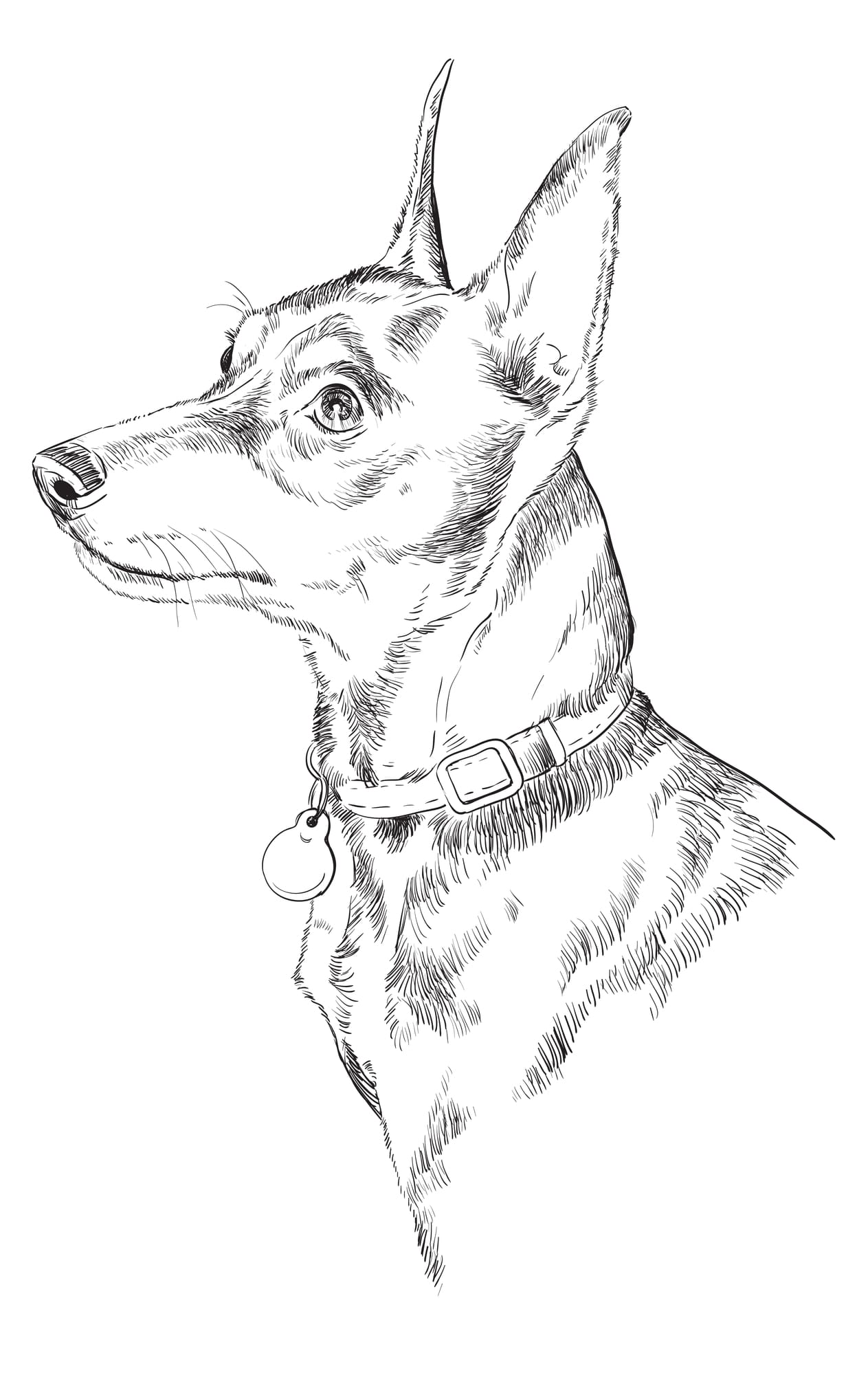
Origin & History
The Miniature Pinscher can look back on a history of over 1000 years. Its ancestor is described as the turf dog of the pile dwellers. They used it to hunt mice and rats. This is why the Austrians also call this type of dog the Rattler. Skull and bone finds prove its existence. The ancestors of the dwarf pinscher already lived together with humans.
At the end of the 19th century, Pinschers could be found on almost every farm. Their skill at hunting rodents was well known among farmers. The watchfulness of the Miniature Pinscher was also a valued quality even then. Its ability to keep all pests away from the farm was generally sought after.
Josef Berta founded the first Pinscher club in 1895. At that time, the Pinscher was not only smooth-haired, but there was also a rough-haired variety. In the 19th century, the Miniature Pinscher was the mascot of society's distinguished ladies. With the pure breeding by Josef Berta, the rough-haired Schnauzer was distinguished from the smooth-haired Pinscher. This did not happen until the beginning of the 20th century.
Josef Berta realized that the Miniature Pinscher was anything but a lap dog. Berta was one of the first breeders to make the Miniature Pinscher what it is today. Berta's colleagues played their part in this. The best characteristics such as alertness, hunting instinct, loyalty and sociability were further bred. An unmistakable pedigree dog was born:
The Miniature Pinscher with a wonderful character, robust genes and great temperament.
More breeds to discover
